That seventies show: remembering Hungary’s forgotten neo-avantgarde movement
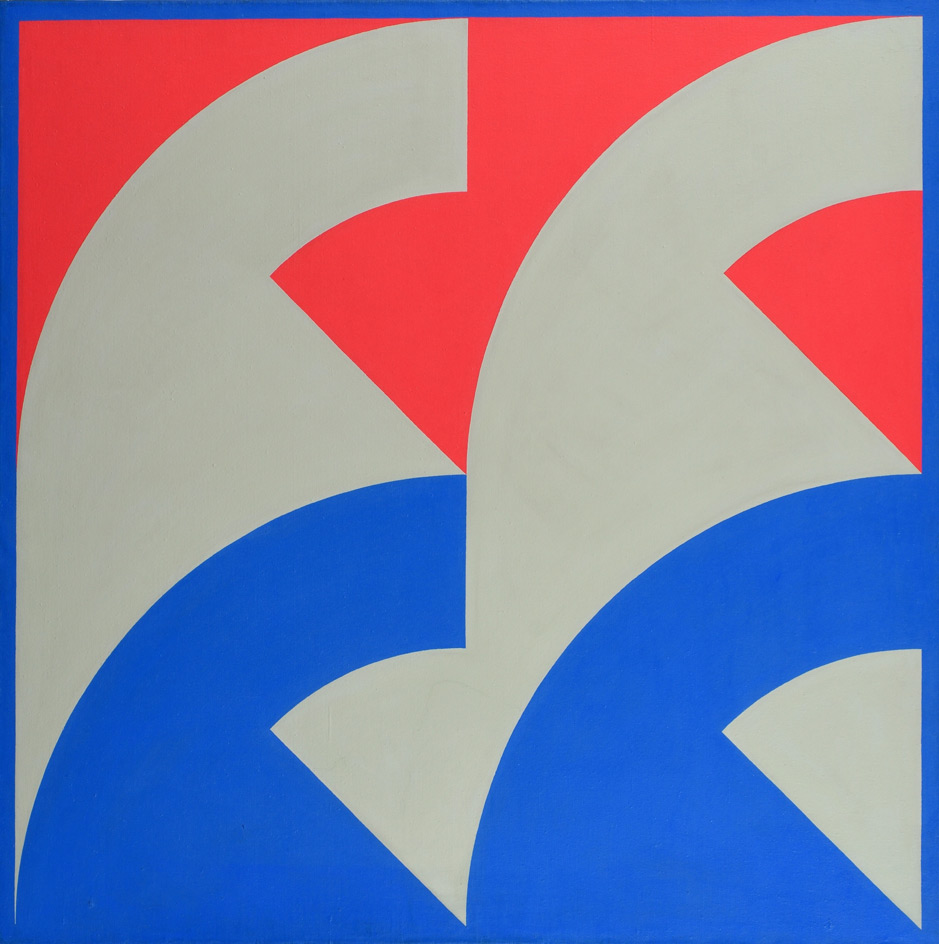
In 1974, Hungarian artist and writer Tamás Szentjóby was arrested for participating in the Samizdat movement in Hungary. The following year he had to flee the then-communist Eastern European country for Geneva. ‘In 1972-73 there was a shock and the left, the communists, the hardliners came to power, so many of the artists, for example Tamás Szentjóby, had to leave,’ said Hungarian critic and art historian József Mélyi.
Although many of Hungary’s artists of the seventies lacked international recognition, the country’s neo-avant-garde movement is now experiencing a resurgence thanks to an exhibition curated by Mélyi, ‘Two-Way Movement’, on view in the Focus section at Austrian art fair Viennacontemporary. ‘There was a two-way movement from Hungary to the world, and from the western world to Hungary,’ explained Mélyi. Three galleries from Budapest — Kisterem, Vintage Gallery, and Budapest-based Acb Gallery — provided the works by more than two dozen Hungarian artists including Gábor Attalai, Ferenc Ficzek and Vera Molnar.
[embed]https://vimeo.com/233344181[/embed]
During the 1950s communist law deemed abstraction illegal in Hungary. ‘You can’t exhibit, you can’t sell,’ said Mélyi. The laws loosened up in the sixties, but because of the restrictions, artists gravitated towards performance, creating happenings, like Kálmán Szijártó did in the 1977 piece immortalised in a series of nine black-and-white photographs called Transformations, where he strips off a mask.
Artists like B István Gellér, who made the acrylic Particular Fruits III, and Ferenc Lantos — who created a graphic red, blue and beige 1970 polycolour diptych— embraced the dismantling of the laws in the mid-60s that prohibited abstraction. ‘They had their own world, so they built an avant-garde world to live,’ said Mélyi. ‘They had this inner circle of avant-garde artists. They had no public possibilities to show their work.’
The fair also showed a strong selection of works from the region and abroad, Dubai’s Carbon 12 exhibited works by Austrian artists Monika Grabuschnigg, Philip Mueller and Bernhard Buhmann. Vienna-based Galerie Nathalie Halgand displayed pieces by Austrian photographer Julian Mullan and Greek artist Yorgos Stamkopoulos, while Vienna’s Galerie Krinzinger hung a self=portrait by Marina Abramovic.
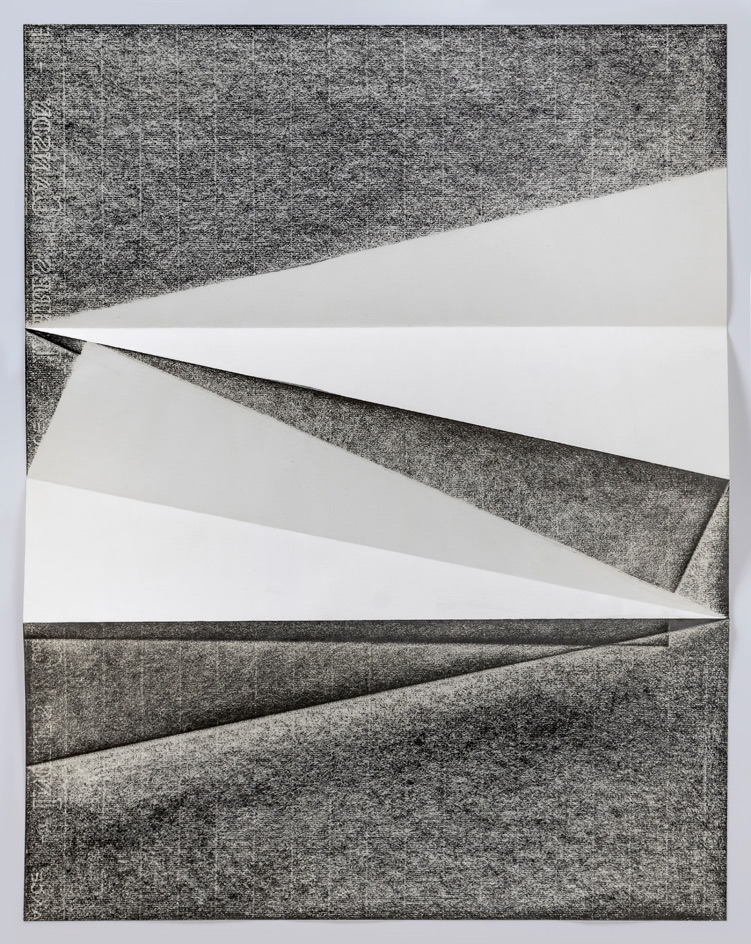
Hidden Structures CA2, 1977 81, by Dóra Maurer.
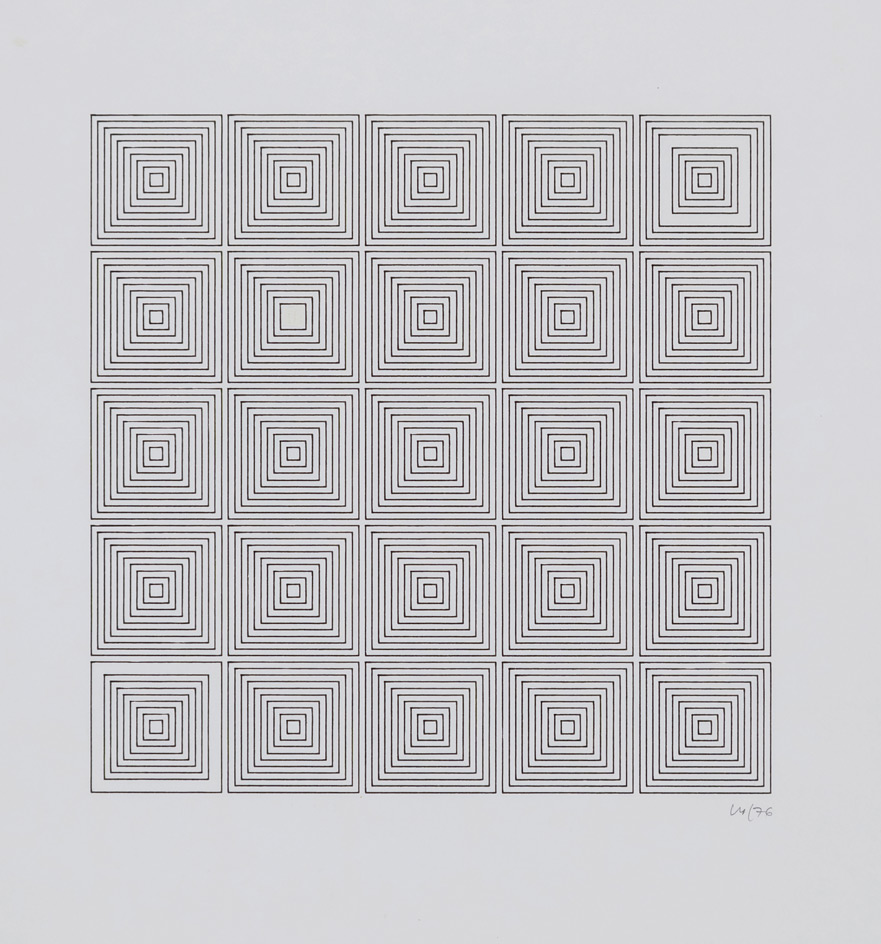
1 % Disorder, 1976, by Vera Molnar.
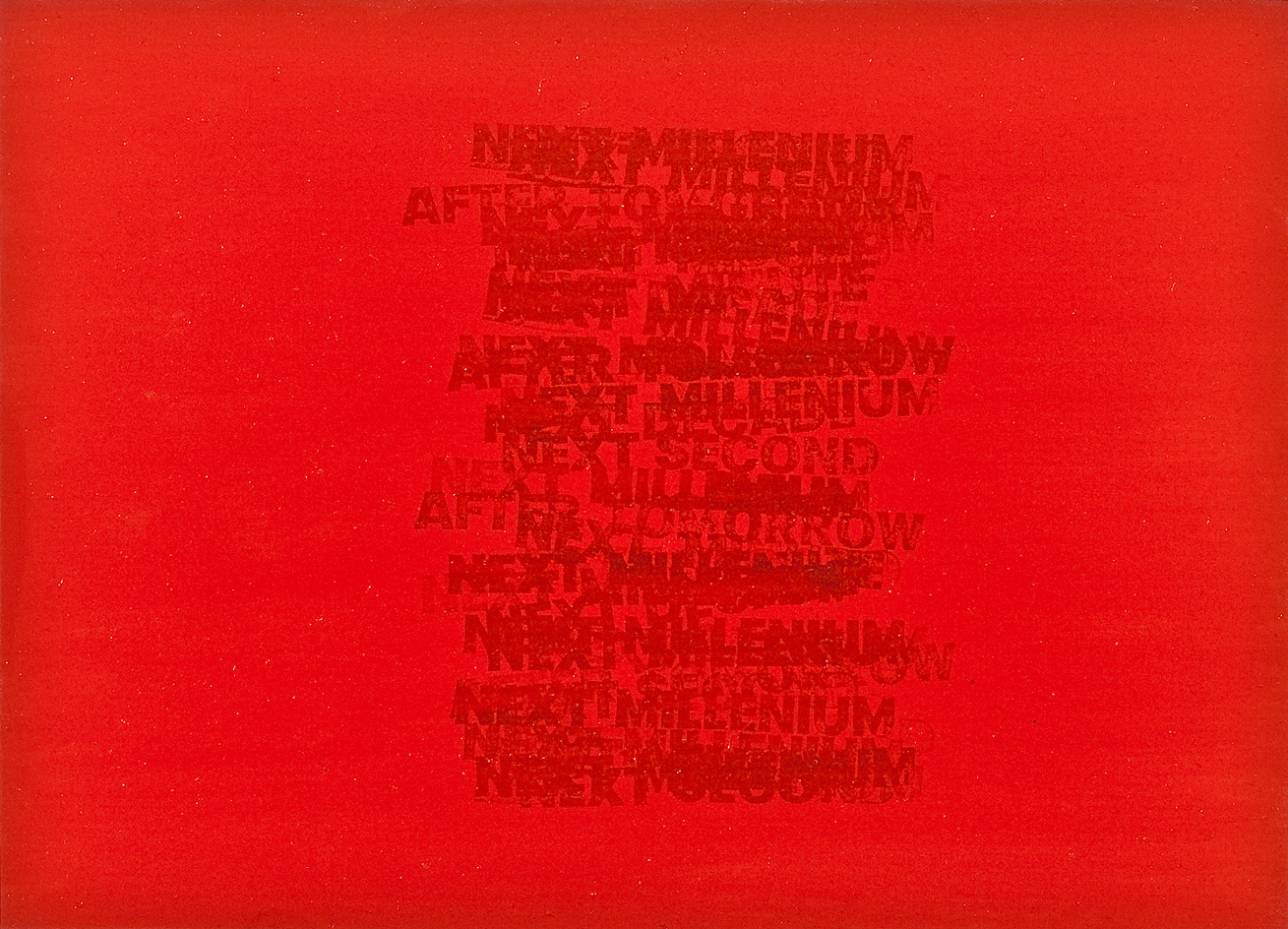
RED Y MADE I IV, 1974, by Gábor Attalai.
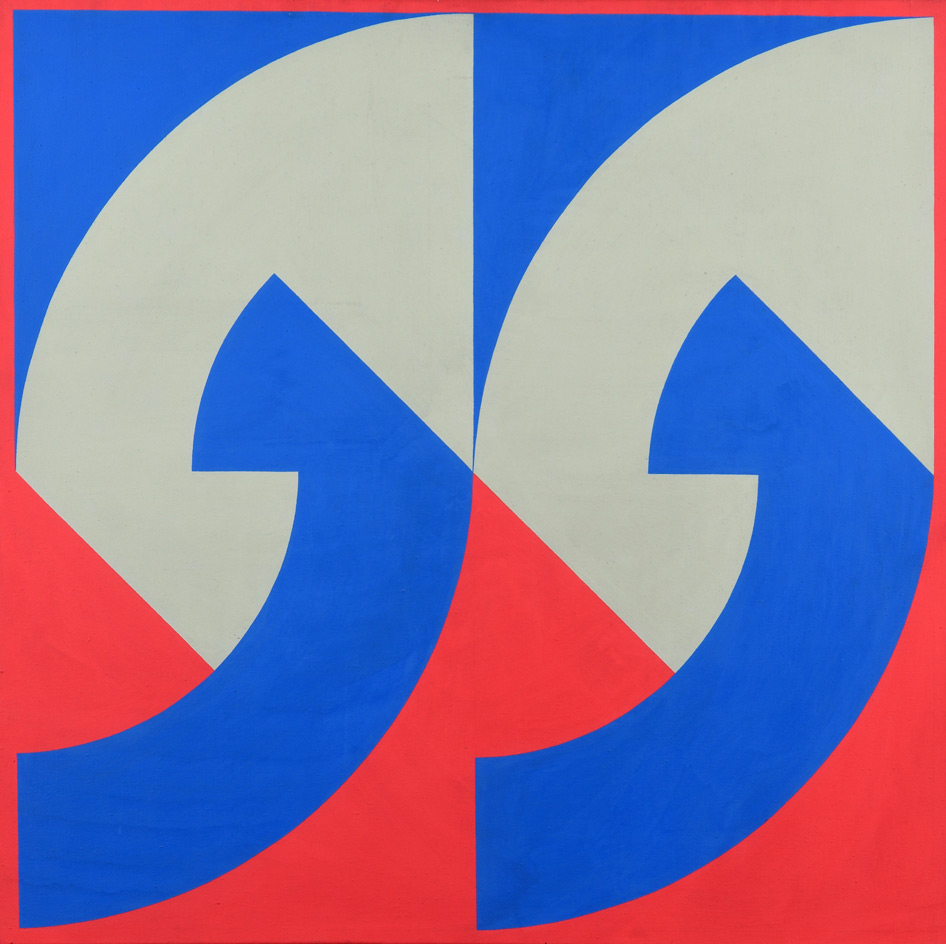
Composition I, 1970, by Ferenc Lantos.
INFORMATION
For more information, visit the Viennacontemporary website
Wallpaper* Newsletter
Receive our daily digest of inspiration, escapism and design stories from around the world direct to your inbox.
Ann Binlot is a Brooklyn-based freelance writer who covers art, fashion, design, architecture, food, and travel for publications like Wallpaper*, the Wall Street Journal, and Monocle. She is also editor-at-large at Document Journal and Family Style magazines.
-
 Croismare school, Jean Prouvé’s largest demountable structure, could be yours
Croismare school, Jean Prouvé’s largest demountable structure, could be yoursJean Prouvé’s 1948 Croismare school, the largest demountable structure ever built by the self-taught architect, is up for sale
By Amy Serafin Published
-
 A freshly remastered classic Range Rover brings unexpected Italian style to a British icon
A freshly remastered classic Range Rover brings unexpected Italian style to a British iconItalian company Vinile’s Range Rover Classic restomod made its debut at Milan Design Week, showcasing local craftsmanship and engineering updates
By Jonathan Bell Published
-
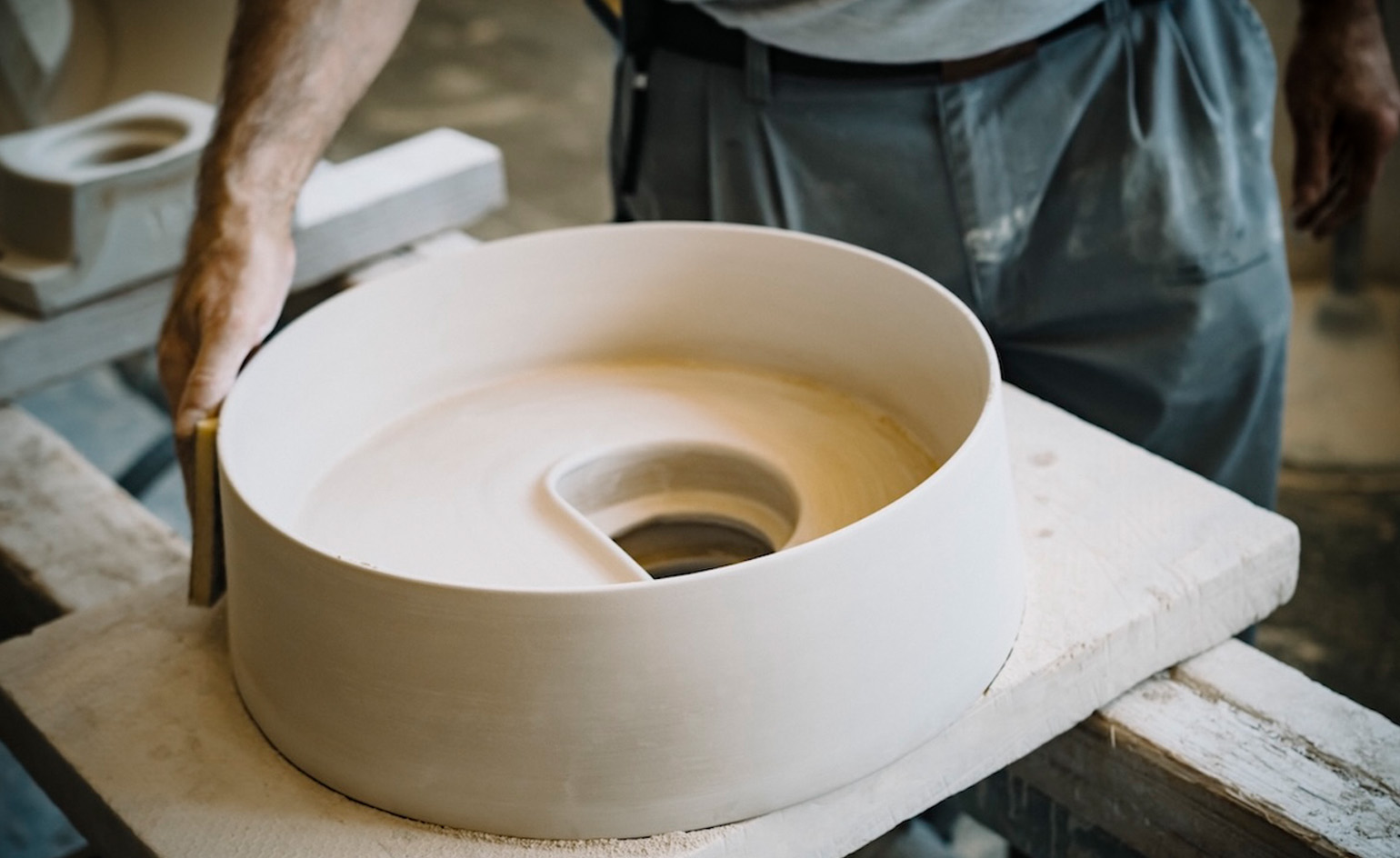 Yves Béhar designs a wash basin for Laufen that goes with the flow
Yves Béhar designs a wash basin for Laufen that goes with the flowInspired by the movement of water and to be produced in a CO2-free electric kiln, ‘Volta’ has an innovative circular form
By Ifeoluwa Adedeji Published
-
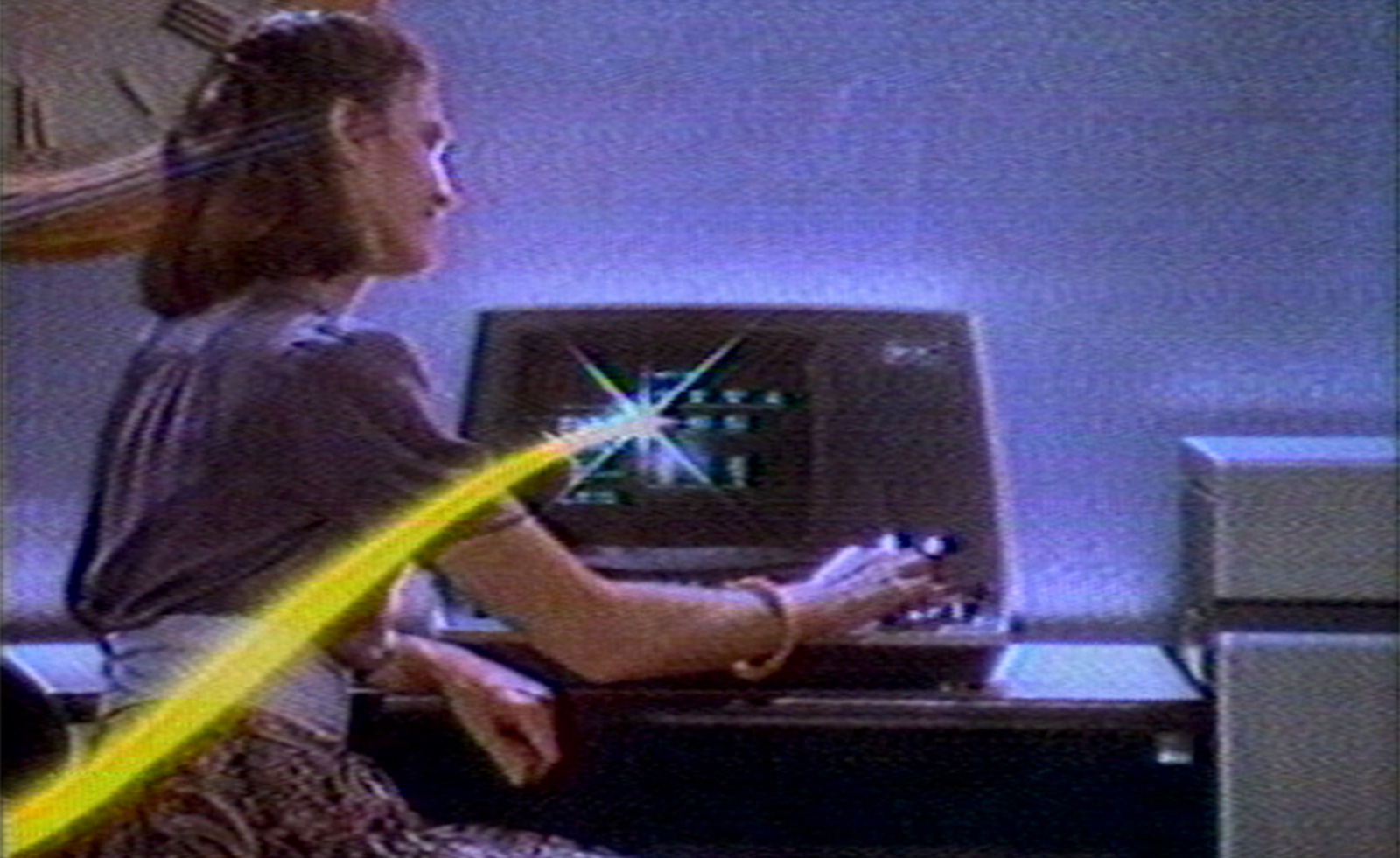 The women making digital art before the internet
The women making digital art before the internet'Radical Software: Women, Art & Computing 1960–1991' at Kunsthalle Vienna & recently at MUDAM Luxembourg, doesn’t pretend to portray the totality of tech in art, instead taking the specific 31-year period of the title to shed light upon 48 women artists who engaged critically with computation
By Will Jennings Published
-
 Marina Abramović revisits her Energy Clothes in a piercing Vienna show
Marina Abramović revisits her Energy Clothes in a piercing Vienna showMarina Abramović considers the role of the body in ‘Energy Clothes’, debuting a new photo series and installation at Vienna’s Galerie Krinzinger, open until 29 July 2023
By Hannah Silver Last updated
-
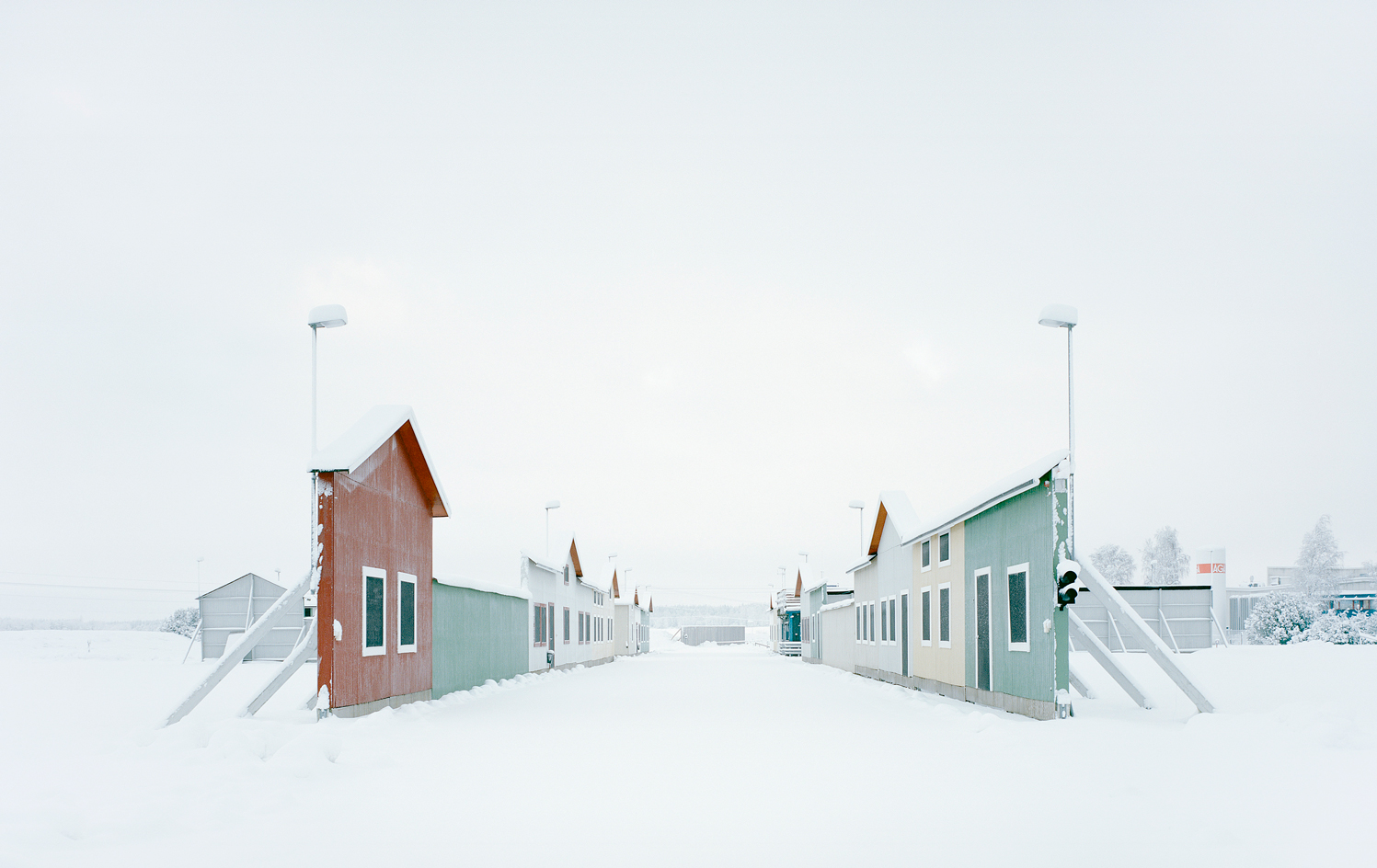 Gregor Sailer’s surreal photography: architecture at the margins of civilisation
Gregor Sailer’s surreal photography: architecture at the margins of civilisationIn a new exhibition, ‘Unseen Places’ at Kunst Haus Wien, Gregor Sailer looks back at 20 years of working in inaccessible landscapes, sealed-off territories and restricted military areas.
By Petra Loho Last updated
-
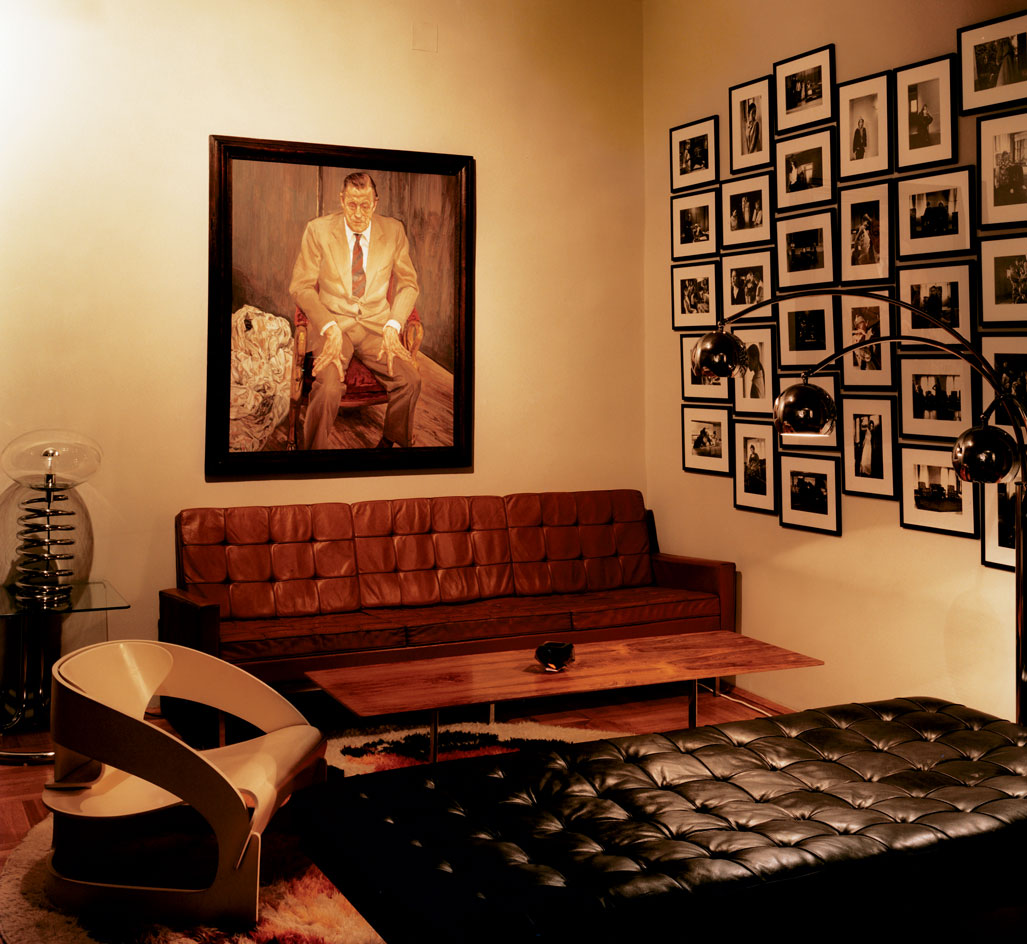 Art patron and TBA21 gallery founder Francesca von Habsburg opens the doors to her Vienna residence
Art patron and TBA21 gallery founder Francesca von Habsburg opens the doors to her Vienna residenceThe April 2007 issue of Wallpaper* (W*98) saw us visit the Vienna residence of Austrian art patron and aristocrat Francesca von Habsburg. She regularly swaps pieces between her home and the gallery space she founded in 2002, TBA21, which hosts over 250 works by artists including Freud, Pollock and Mapplethorpe
By Emma O'Kelly Last updated
-
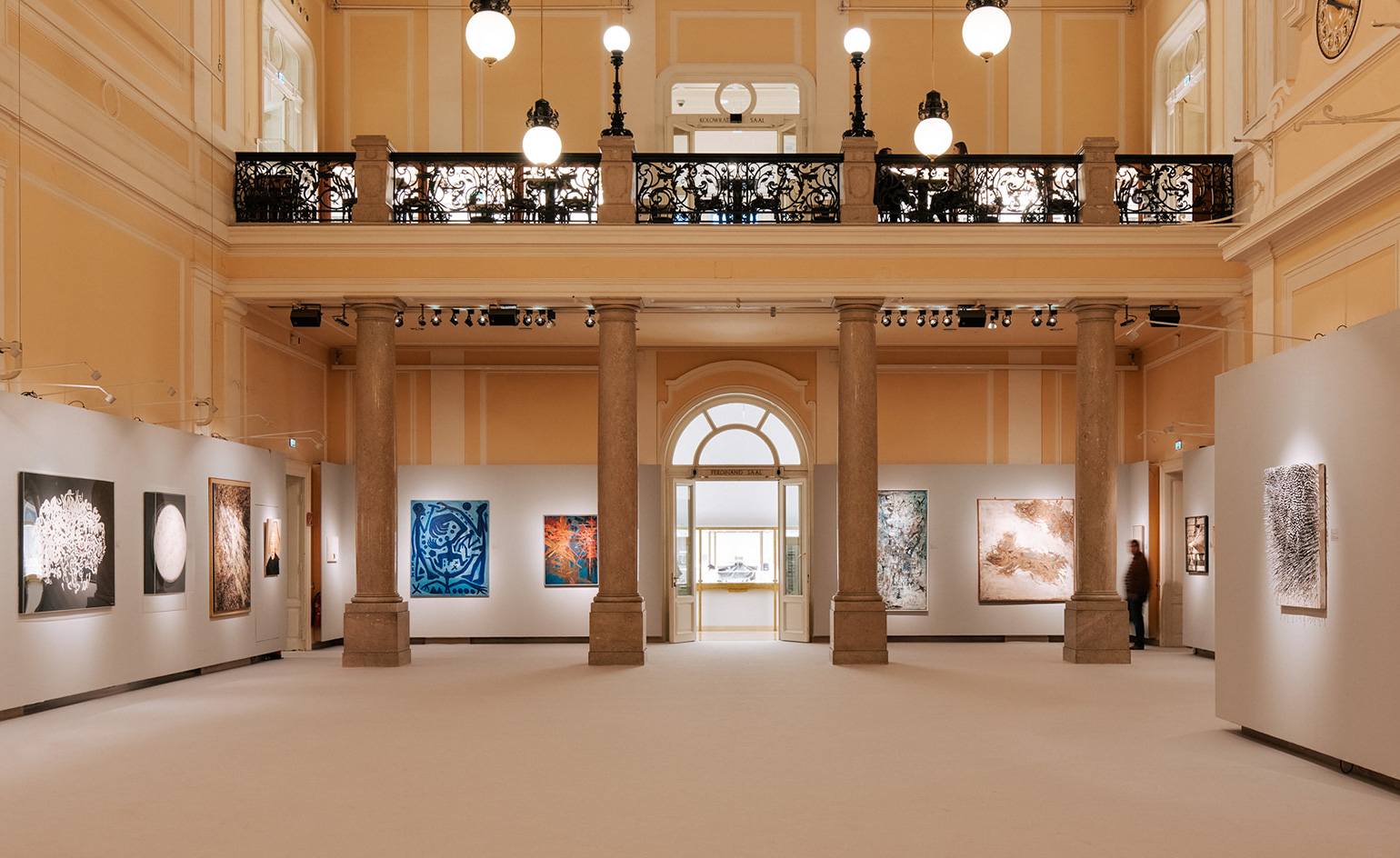 Vienna’s art scene gathers pace, from auctions to Wes Anderson’s curatorial debut
Vienna’s art scene gathers pace, from auctions to Wes Anderson’s curatorial debutBy Jessica Klingelfuss Last updated
-
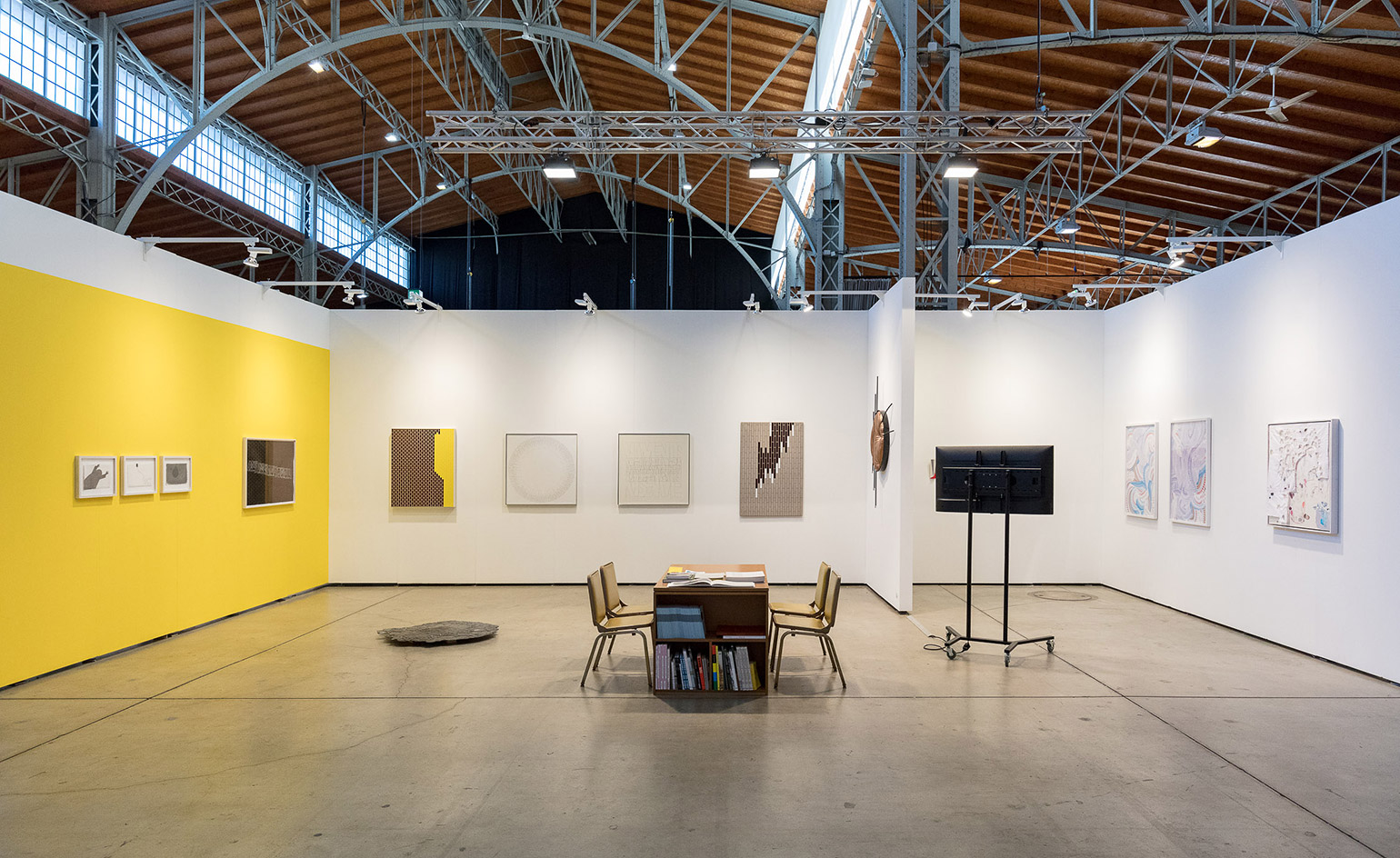 Vienna Contemporary impresses with a focus on Armenia’s uncharted art scene and more
Vienna Contemporary impresses with a focus on Armenia’s uncharted art scene and moreBy Jessica Klingelfuss Last updated
-
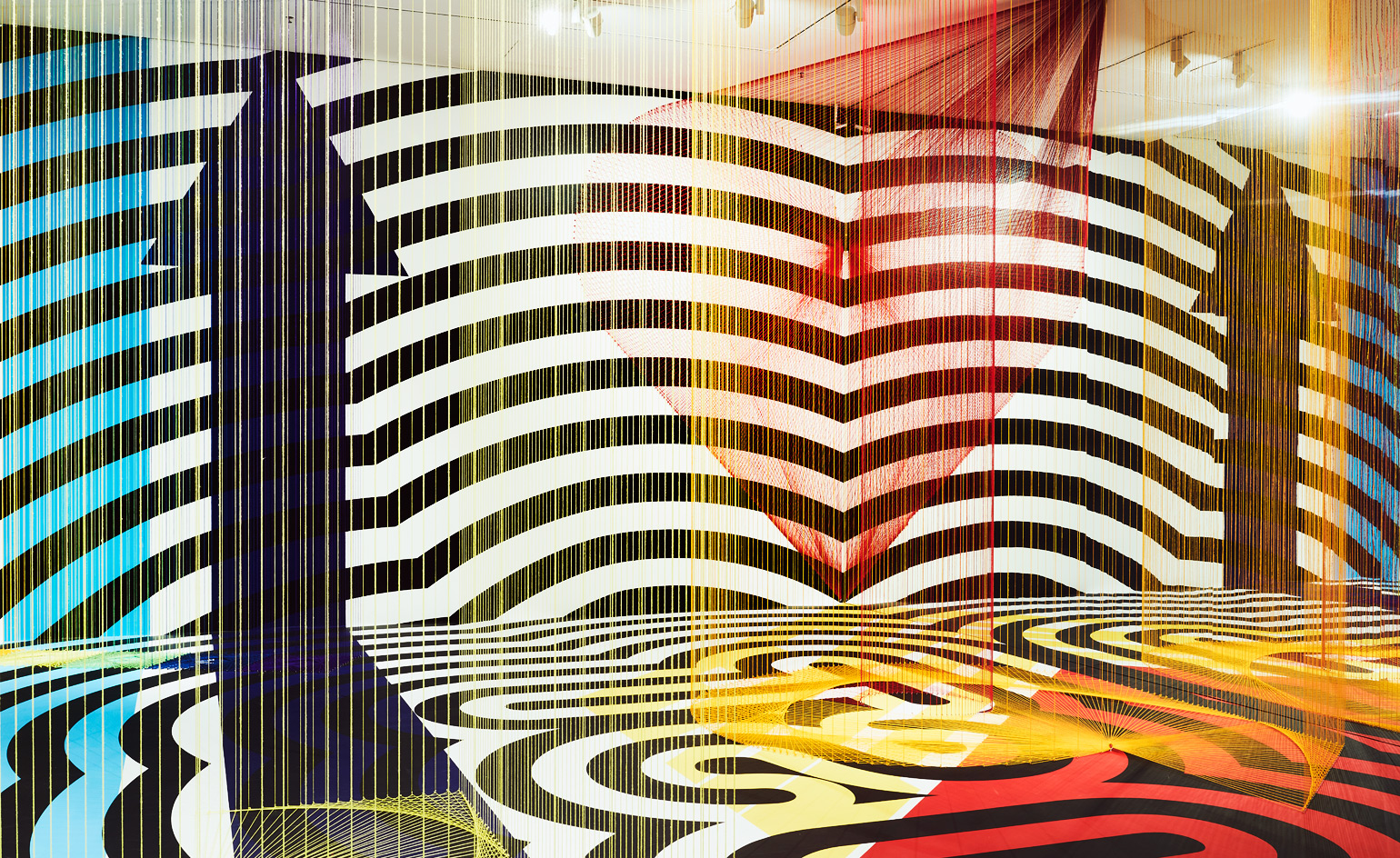 NGV’s new blockbuster Triennial brings together over 100 artists and designers
NGV’s new blockbuster Triennial brings together over 100 artists and designersBy Dimity Noble Last updated
-
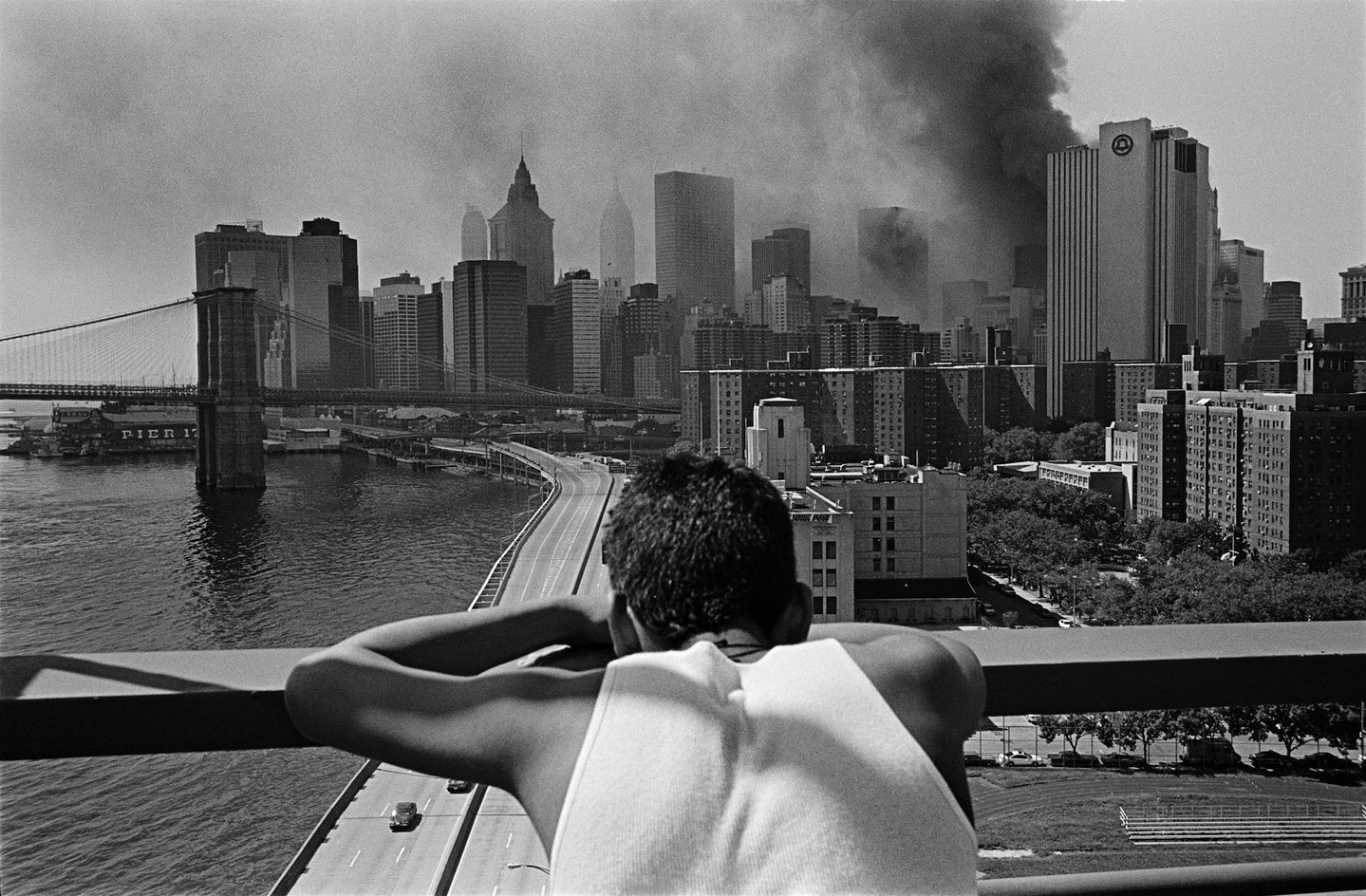 Paris Photo returns with a focus on the experimental, objects and vintage
Paris Photo returns with a focus on the experimental, objects and vintageBy Emma O'Kelly Last updated